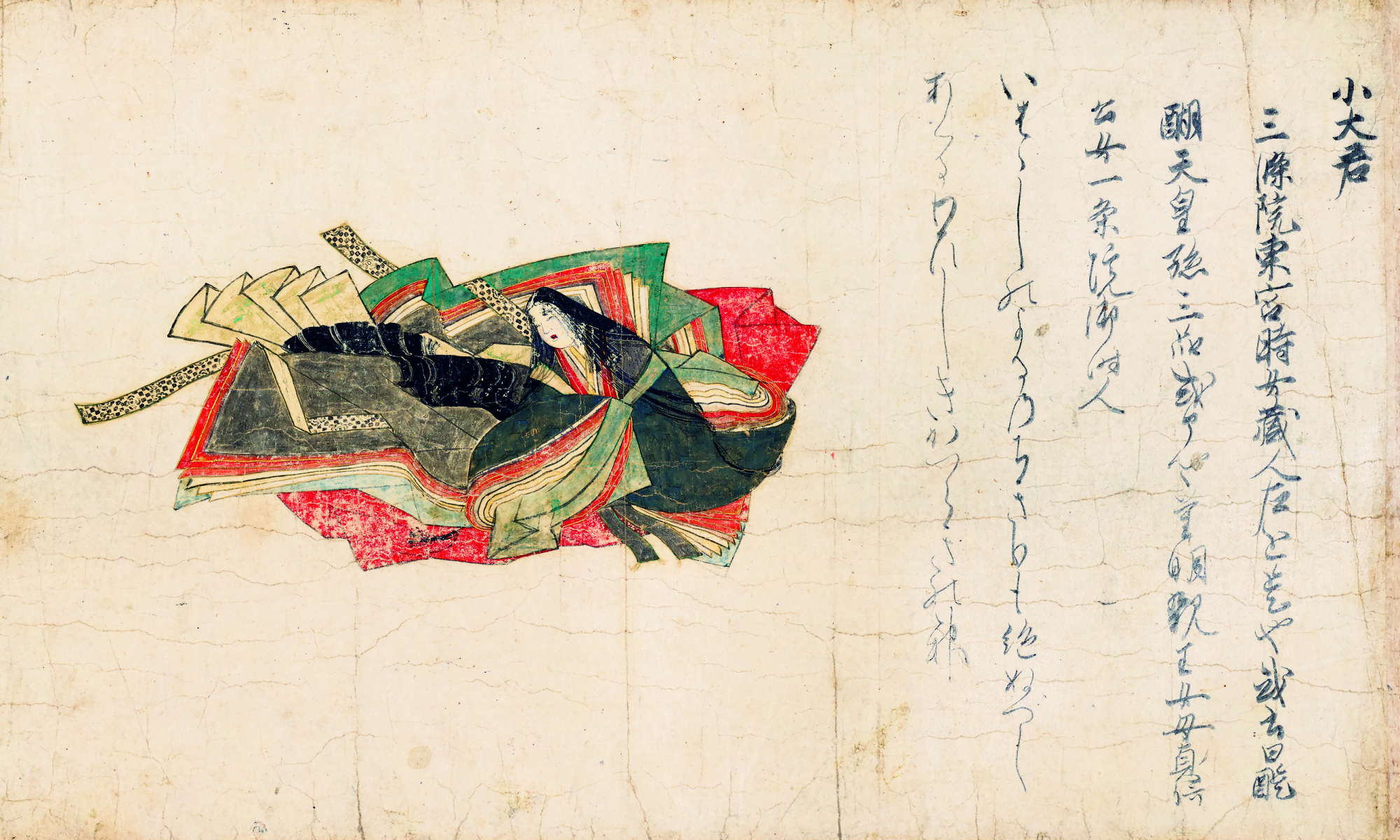In 1919, a pair of 13th-century hand-painted and inscribed scrolls known as the "Satake Version, Thirty-Six Immortal Poets," was cut up and dispersed among the incredibly wealthy — an act that made newspaper headlines.
As status symbols, owning one of the sections was proof of belonging to Japan's elite. Over the 20th century, pieces changed hands and the whereabouts of some became unknown. Kyoto National Museum's "Special Exhibition: The Thirty-Six Immortal Poets — Elegant Arts of the Classical Japanese Court," brings together 31 fragments, the largest number assembled in one place since the 1919 dismemberment.
The scrolls comprised the oldest surviving pictorial example on the subject of the revered Buddhist poets of the seventh to 10th centuries, who were canonized when the scholar-poet Fujiwara no Kinto (966-1041) compiled them into a poetry anthology. Featuring a series of imaginary portraits in the medieval nise-e ("realistic" or "likeness pictures") manner, each figure was also accompanied by representative verse.



















With your current subscription plan you can comment on stories. However, before writing your first comment, please create a display name in the Profile section of your subscriber account page.